Description
buy Blue Meanie Mushroom online
Blue meanie mushroom – Blue meanie cubensis
Blue Meanies mushroom in a quality potent, individually packaged, with a dosage guide for starters. Buy Blue Meanie Shrooms now available to ship to Idaho, Georgia, and to California. Blue meanie cubensis spores for sale. If you’re reading this page while it’s a spore strain we currently have in stock, we urge you to place your order quickly—these are quite possible.
Buy Blue Meanie mushroom – How to Identification
In the field, Panaeolus cyanescens tend to be light grey or off-white at maturity. When young, the caps are light brown and then fade to off-white or light grey. Occasionally, they have yellowish or brownish tones. The caps (pileus) are approximately 0.5 to two centimeters in diameter, at first hemispheric, then expanding to bell-shaped (campanulate) or convex. The cap margin is incurved when young. The caps are slightly hygrophanous, losing their color as they dry out, often developing cracks in dry weather. Blue Meanie mushroom spores
The gills have a broadly adnate to adnexed attachment. To clarify these terms, an adnate attachment means the gills are mostly attached to a stem, adnexed means only slightly.
Blue meanie shrooms – Buy blue meanie mushrooms
Panaeolus cyanescens gills are close, black or grey, and have a spotty, speckled, or cloudy appearance caused by the way the spores ripen together in tiny patches on the gill surface. The different patches darken at different times, causing a mottled appearance. As the spores mature, the gills turn black. All species except for Panaeolus foenisecii have a jet black spore print.
The stem (stipe) tends to be seven to 12 centimeters long and two to three millimeters thick. The width is equal along the length and slightly enlarged at the base. The stem is colored like the cap and covered in a fine white powder. The mushrooms have a flour-like (farinaceous) smell and taste. As with other psilocybin-containing fungi, when damaged, the mushrooms bruise greenish or blue. This coloration is often seen on the cap or the stem with Blue Meanies mushrooms.
Where Do Blue Meanies Mushrooms Grow?
Panaeolus cyanescens is a tropical and sub-tropical species. In tropical regions, the mushrooms grow year-round. In the subtropics, they grow from late spring to autumn, depending on rain and humidity. They are known to occur in temperate zones during wet and humid parts of summer. Blue Meanies are mostly found growing on cattle or horse dung in pastures and fields, growing singly and in groups. They appear in spring or during rainy seasons. Blue Meanie mushroom spores
Their range in the United States is from Florida and along the Gulf Coast, where it fruits virtually year-round on “cow pies.” It is thought they were introduced to other countries by the movement of livestock; it is assumed Panaeolus cyanescenswas introduced to the islands of Hawaii during the early 1800s when cattle were imported from the Philippines. Now, they occur throughout the tropical and subtropical regions of the Northern and Southern Hemispheres. In addition, Blue Meanies mushrooms are commonly found in Mexico, South America (Colombia, Bolivia, Brazil, and Peru), Eastern Australia, India, Bali, Southeast Asia, South Africa, France, and Italy.
Is Panaeolus Related to Psilocybe?
Psilocin is thought to protect the developing fruit body from predation either through a toxic effect on the predator’s nervous system or affecting their ability to eat. The ability to minimize predation has ecological advantages. Through close contact with Psilocybe, some Panaeolus have also gained the ability to protect themselves with psilocybin.
Not all Panaeolus spp. contain the psychedelic compound psilocybin. Neither is Panaeolus related to Psilocybe. Either some species of Panaeolus lost the ability to produce psilocybin, or something interesting is going on. It is now theorized that some Panaeolus species obtained the ability to produce psilocybin through “horizontal gene transfer.” Bacteria can share advantageous genetic material, but occasionally this can happen between bacteria and fungi. By sharing the same habitat and often the same substrate, through this close contact—and some bacterial wizardry—it is thought the ability to produce psilocybin passed from a genus that had evolved the ability to produce psilocybin species to one that hadn’t.
Panaeolus cyanescens (Blue Meanie mushroom spores)
Albert Hofmann analyzed Panaeolus cyanescens, then known as Copelandia cyanescens, in the early 1960s after reports of “intoxications” caused by dung-loving fungi from southern France. Hofmann found psilocin in higher concentrations after analyzing the fruiting bodies, yet there were only slight quantities of psilocybin. Although the origins of these samples were mysterious to Hofman, their true origins eventually came to light: they were growing from the dung of horses bought from Indonesia to take part in a horse race. Blue Meanie mushroom spores
Albino Penis Envy Magic Mushrooms Potency
As mentioned above, this species is quite potent. The effects of Blue Meanies mushrooms may come on quickly due to higher levels of psilocin than psilocybin. Panaeolus cyanescens is often reported to be two to three times the strength of cubensis. Yet, there is little published data to support claims about the potency of these fungi. Erowid reports that these mushrooms have a combined psilocybin and psilocin content of between 0.5 to 2.95 percent dry weight. Stivje in 1992 identified they were variable in their potency 0.17 to 0.95 percent psilocin and 0.16 to 0.19 percent psilocybin! Psilocybe cubensis, by comparison, have been reported to have concentrations of psilocin and psilocybin between 0.14 to 0.42 percent and 0.37 to 1.30 percent dry weight, respectively.
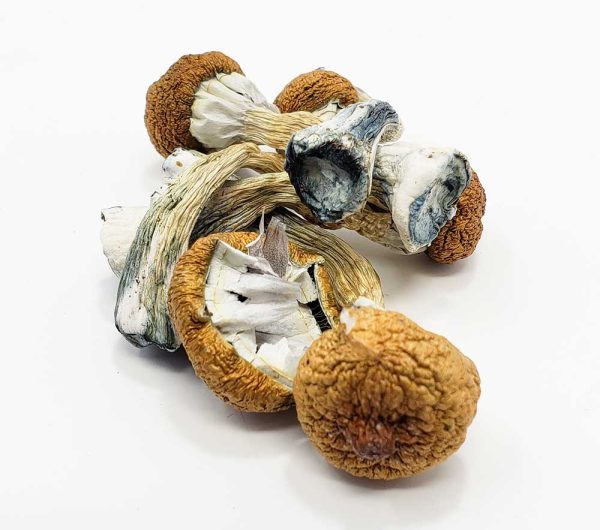

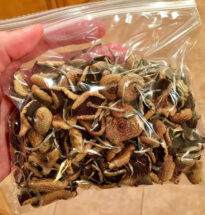
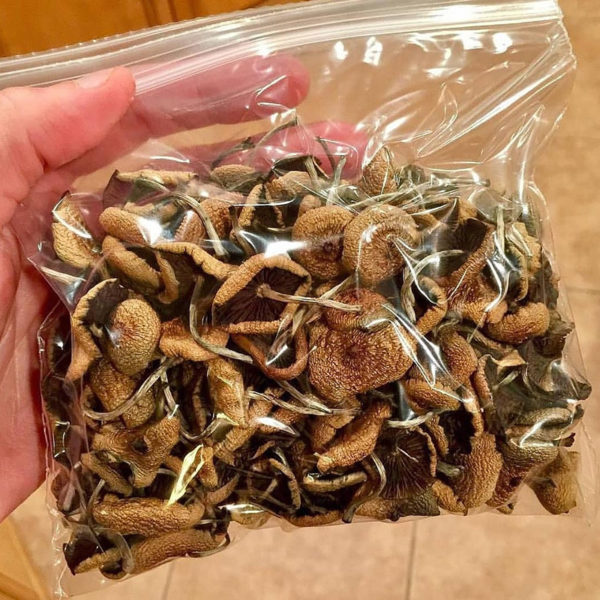

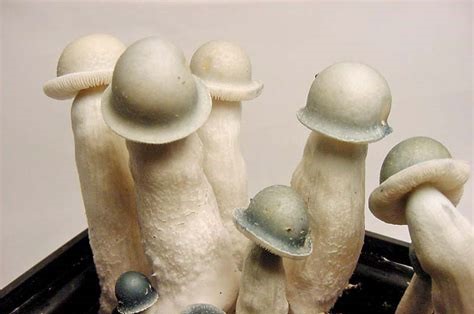
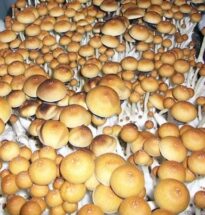
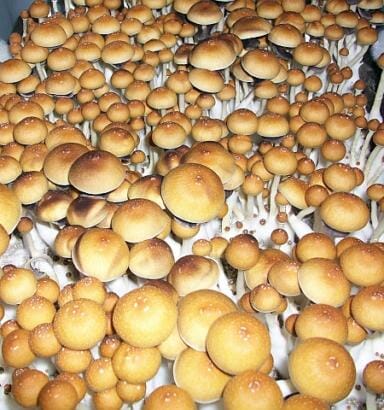
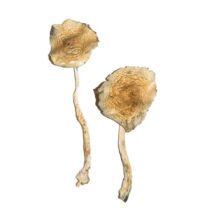
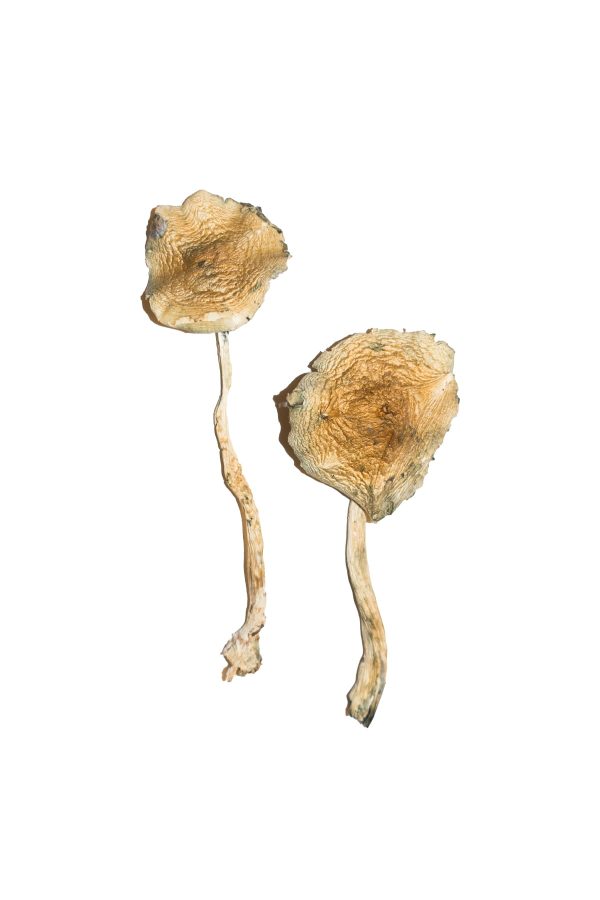
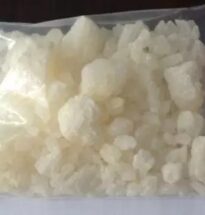
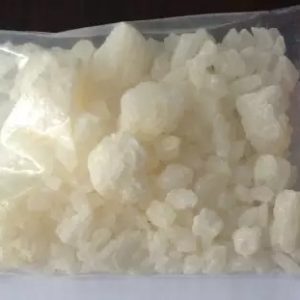
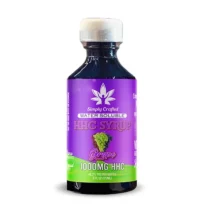
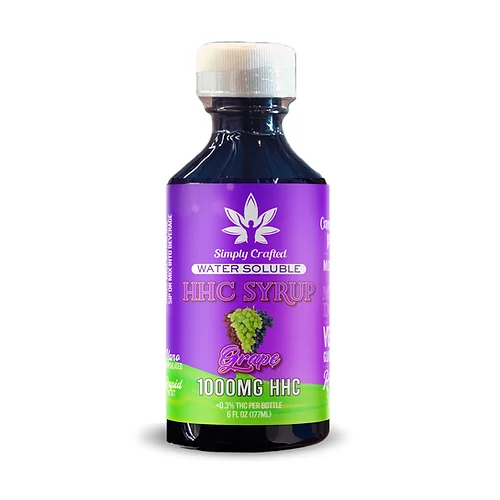
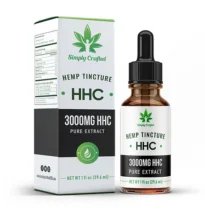
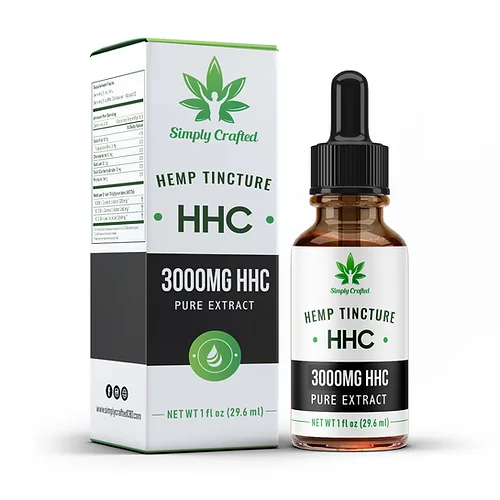
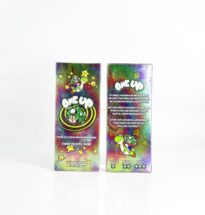
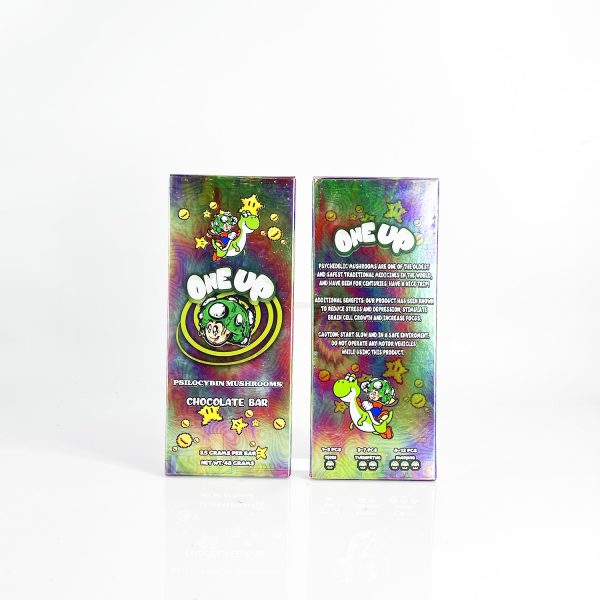
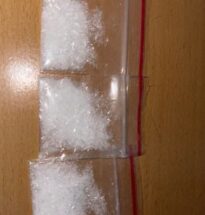
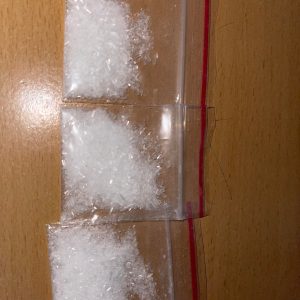
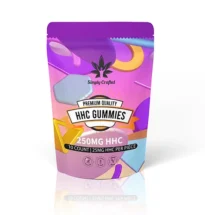

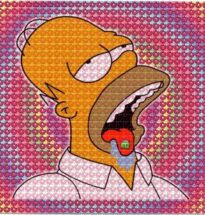

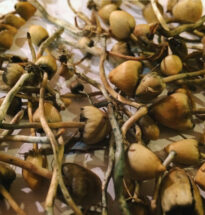
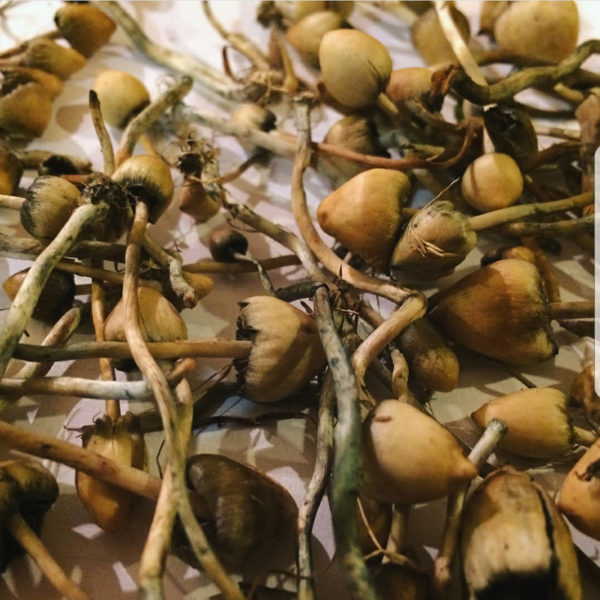
admin –
Good Product